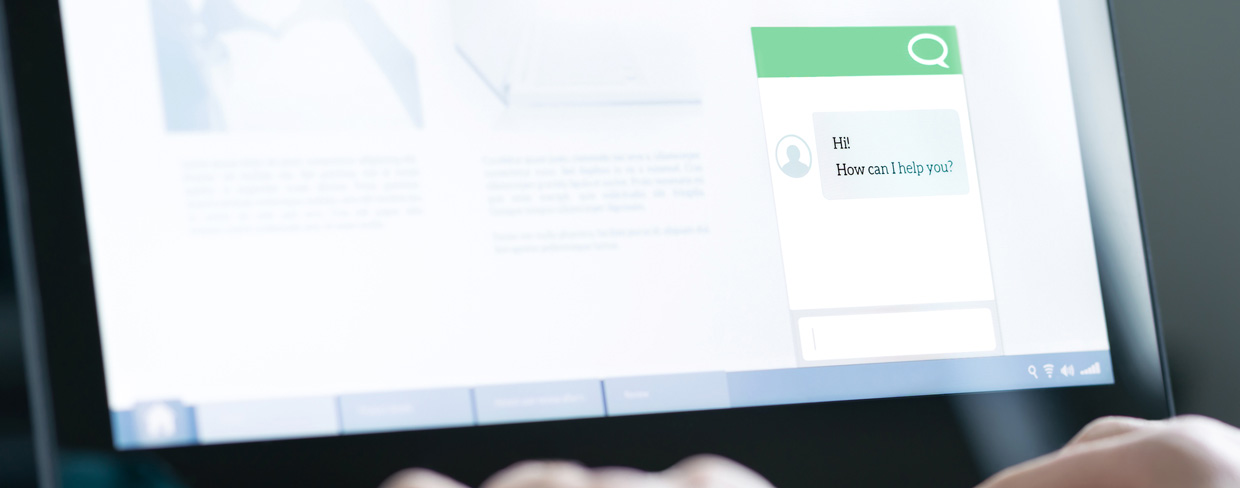Businesses today have to think about customer communications like they do any other marketing and engagement strategy and come up with a plan. After all, customer journeys aren’t as straightforward as they used to be, and consumers now use a diverse array of digital tools to interact with businesses.
For example, they might first check out a business’s website or social media page, then ask a question using its automated chatbot and finally call directly to book an appointment. And once they’re a paying customer, they may prefer to receive updates from that business via text messaging or email.
What this means: Your business needs to offer a multichannel customer contact strategy to ensure your customers feel well-served no matter how they choose to get in touch.
“When creating a customer contact strategy, it’s important to consider the type of customer service you want to provide—for example, is it going to be personalized or automated?” says Kartik Ahuja, founder and CEO of GrowthScribe, a Lakewood, New
Jersey-based growth marketing agency. “In addition, you should consider the type of data you want to collect, as data can be used to better understand your customers and to improve your customer service.”
So, how do you design the right customer contact strategy for your business? Here are three tips:
-
Focus on the communication tools your customers care about most.
While your customer contact strategy should be multichannel, you don’t need to offer every communication tool under the sun. Consider your business model, typical buyer journey, and customer base, and then choose the tools your business should focus on based on those things. How do customers looking for a business like yours typically decide which company to work with? How important is drawing people to your website versus, say, your social media pages? Would customers like getting text messages from you?
For example, a restaurant might want to center much of its communications around tools that allow customers to self-book reservations—such as Resy or Tock—as they make restaurant customer interactions fast and easy. Such tools can send automated follow-up emails and texts to remind customers of their reservations as well as ask follow-up questions such as whether they’re celebrating a special occasion or want menu recommendations.
That said, a restaurant will also likely want to have a reliable business phone service—to serve patrons who prefer to call over using a reservation app—as well as use its online directory listings, such as Google My Business, to provide additional information customers are looking for (such as hours of operation and address). A social media site like Instagram can then be a great place for a restaurant to feature promotions, like new menu items or discounts.
On the other hand, an ecommerce business may need to focus on attracting visitors to its website and then using a chatbot, phone and email or live chat to communicate with customers who may have questions about their order status or products or problems with the site.
Every business is different, so the communication tools that make the most sense to utilize will differ, too.
-
Offer a fast response time no matter what.
Consumers expect faster response times from businesses than ever—and studies have found response times are directly correlated to revenue and customer satisfaction. In fact, one study of 1.3 million sales leads found that replying to a customer within an hour made it seven times more likely that a sale would close compared to responding within two hours.
So it’s critical to consider how you’ll respond promptly no matter what communication tools you offer
With phone, that can mean ensuring you don’t miss calls to your business, at least during normal business hours, and working to reduce customer hold times. With email, it can mean setting a policy that all emails will be answered within an hour during business hours and 24 hours when the business is closed.
Tools like automated chatbots and text messaging can be a better solution than email for many customer communications now because they provide such immediacy—customers don’t have to wait hours or, worse, days for a response to their inquiries.
-
Create an integrated strategy—and make sure employees know it.
Once you figure out the communications tools your business is going to use, you need to determine how to connect and use them effectively for a seamless customer experience. Your business phone, for example, forward calls to your business mobile to ensure customers can reach you wherever you happen to be.
An integrated platform like Spectrum Business Connect brings several different communication tools together—voice, text and video—in one platform, so your employees don’t have to juggle them. It also provides data and analytics so you can better track your customer interactions while integrating with other tools your business uses, such as your customer relationship management (CRM) platform.
Once you’ve developed a holistic customer contact plan, it’s important to train employees on how to use the tools as well as any policies you’ve set around how to respond and interact with customers.
Being ready for the future
Consumers today expect very high levels of responsiveness and interaction from the businesses they choose to spend their money with. So investing in the right communication tools—and making sure they work together—can offer them the experience they crave along with providing a great ROI.
Want to learn how Spectrum Business can offer your business the communication tools it needs to better engage and retain customers? Contact us at 855-299-9353.
Print this article



0 Comments